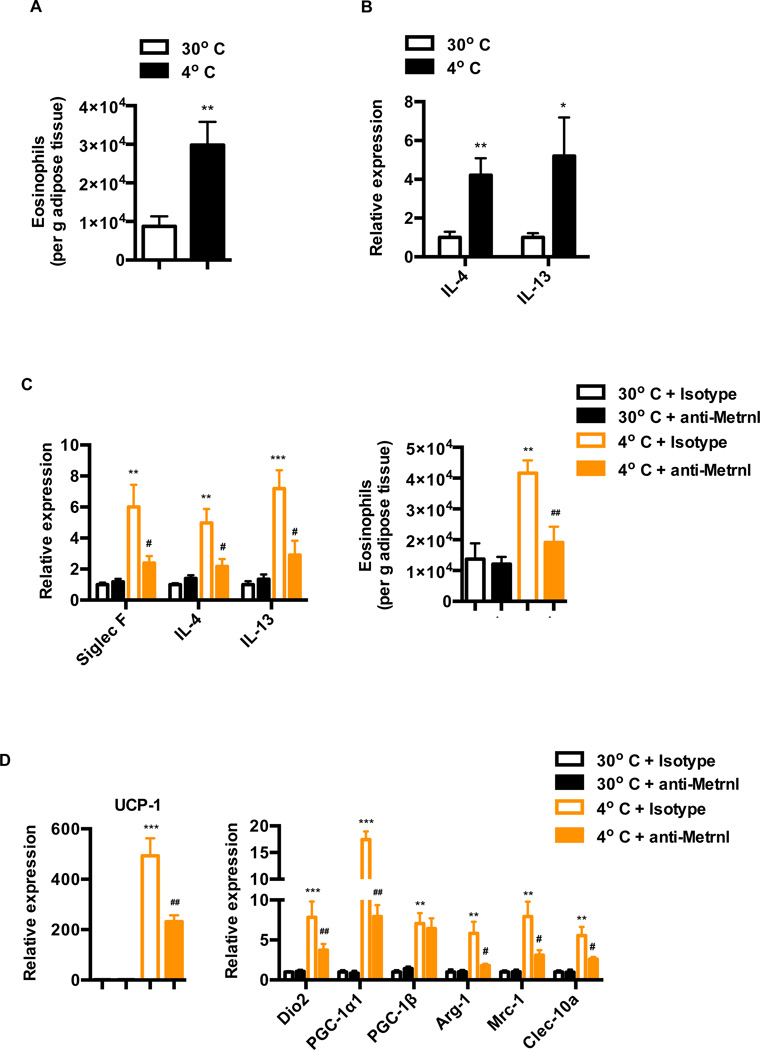Figure 7. Metrnl is required for physiologic adaptation to cold temperatures.
See also Figure S7 (A–B) Mice chronically housed at 30°C were subjected to a 4°C cold challenge for 24 h and (A) number of adipose eosinophils (gated as described in Figure S7F) is shown per g adipose tissue (B) mRNA expression of IL4/IL13 in the subQ WAT. (C–D) Mice chronically housed at 30°C were injected with isotype or Metrnl antibody (i.p.) and moved to cold 6 hrs later. Sub Q WAT was harvested and analyzed for (C) mRNA expression of the indicated genes and number of eosinophils per g adipose tissue at 24hrs post cold-challenge, and (D) markers of genes associated with thermogenic and M2 macrophage activation at 72hrs post cold-challenge. **p<0.001, ***p<0.0001 comparison between mice at 30°C and 4°C or isotype Ab treatment of mice at 30°C and 4°C. #p<0.05, ##p<0.001 comparison between Metrnl Ab treatment of mice at 30°C and 4°C. All data are presented as mean +/− s.e.m

